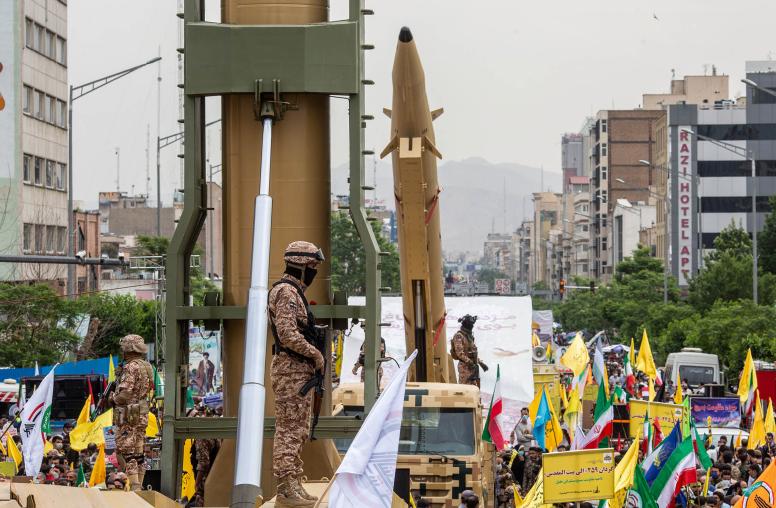Iran's Subsidies Conundrum
This Peace Brief was written in advance of Iran’s subsidy reform. Currently scheduled for the end of September, the reform is one of the most debated and anticipated economic overhauls in the country. It has the potential to incur severe consequences in a country already burdened by sanctions and fraught with inflation and unemployment. At the same time, reform can potentially discourage waste, reduce inefficiencies in industries, and be a catalyst for economic liberalization.

Summary
- Iran has subsidized petroleum products, basic foodstuffs, medical goods and utilities since 1980, first to manage hardships during the eight-year war with Iraq, and then to prevent political and economic challenges after the war.
- Since the 1990s, three presidents have tried to cut back subsidies that are now estimated to cost Iran between $70 billion and $100 billion annually. President Mahmoud Ahmadinejad won parliamentary approval for a controversial plan to phase out subsides by 2015.
- Under the plan, universal price controls are to be replaced with small cash payments to families and direct support of industries. Some economists are concerned that lifting price controls will trigger dramatic rises in inflation and unemployment.
- The cutbacks come at a time the government already faces serious economic troubles and tougher international sanctions. For the public, the change is likely to produce the most economic disruption since the revolution. Economic reforms have triggered unrest in the past.
- If reform succeeds, however, the program could help reduce waste, shrink state outlays and enhance efficiency and productivity.
About this Brief
This Peace Brief was written in advance of Iran’s subsidy reform. Currently scheduled for the end of September, the reform is one of the most debated and anticipated economic overhauls in the country. It has the potential to incur severe consequences in a country already burdened by sanctions and fraught with inflation and unemployment. At the same time, reform can potentially discourage waste, reduce inefficiencies in industries, and be a catalyst for economic liberalization. The brief was sponsored by USIP’s Center for Conflict Analysis and Prevention (CAP). Semira N. Nikou, a research assistant at CAP, prepared this work.



